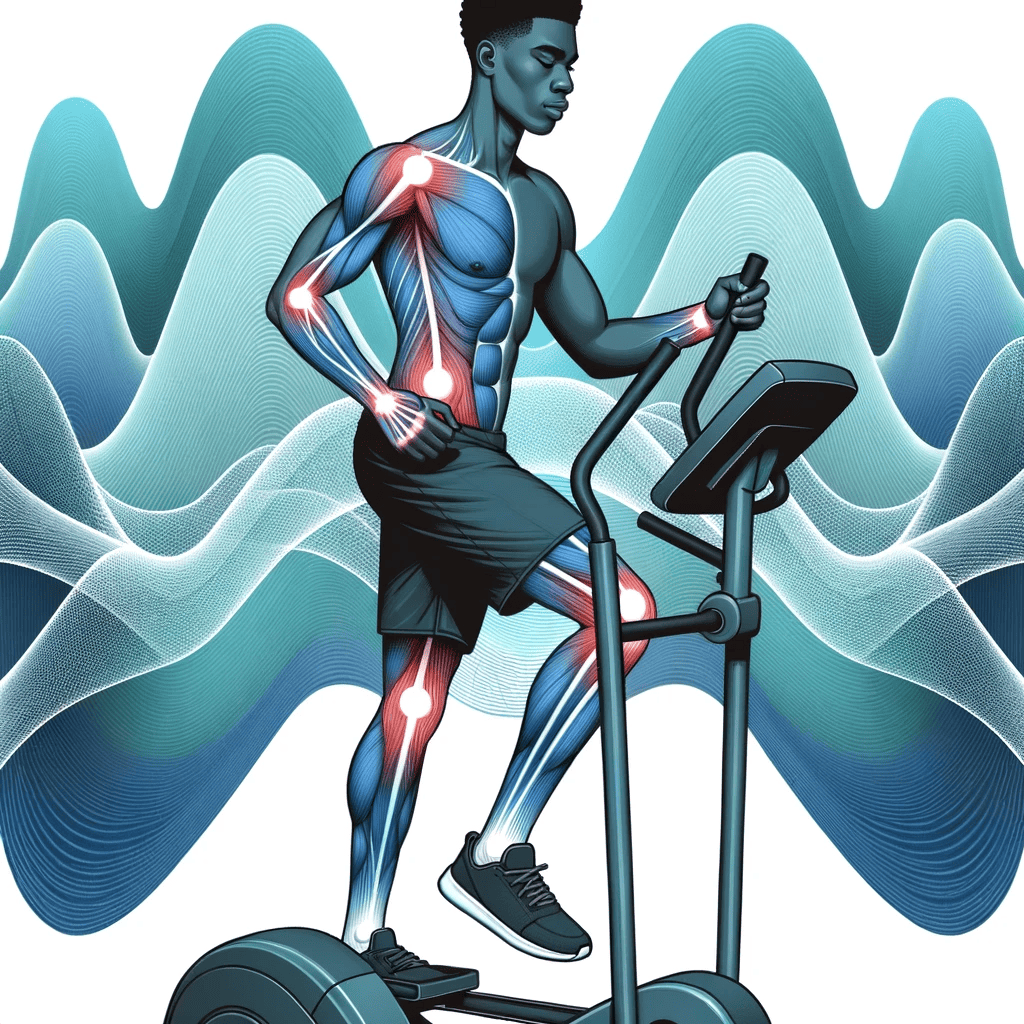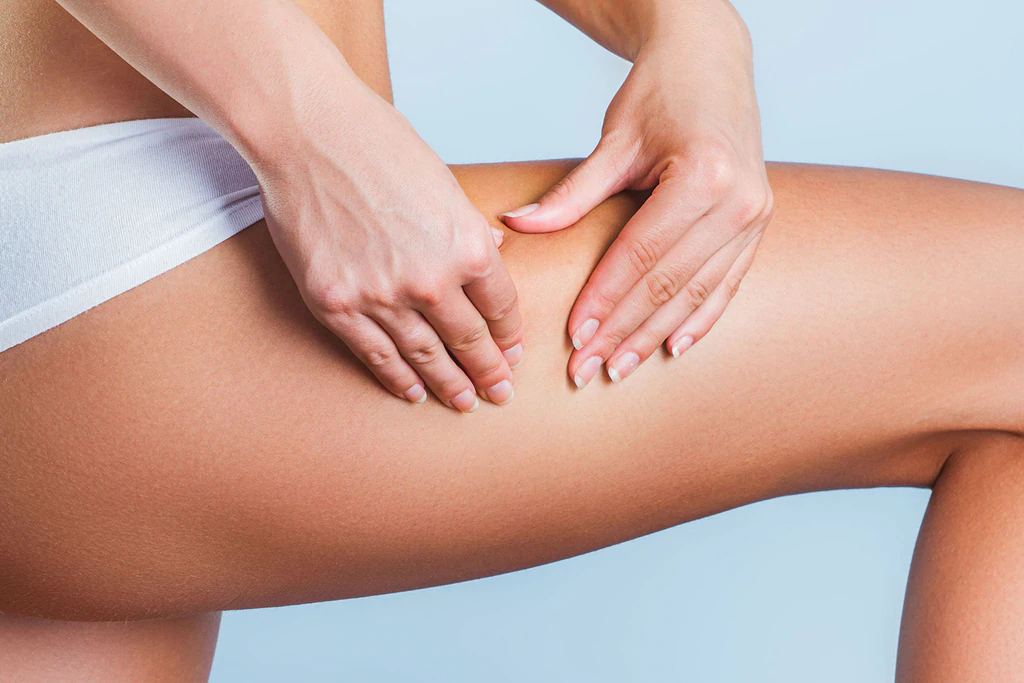Is the Elliptical Good for Joints? How the Elliptical can help those with Osteoarthritis and Knee Pain
Joining the ranks of health-conscious individuals is a commendable step, especially as we age or deal with joint conditions. However, uncertainty often arises around selecting the right exercise equipment, particularly when joint health is a priority. Is an elliptical good for joints? This question is especially pertinent for those battling the discomforts of osteoarthritis or general joint pain.
How Can Exercise Help Joint Pain?
Engaging in regular physical activity isn’t just about weight management or heart health; it’s integral to maintaining joint flexibility, strength, and pain reduction. Exercise enhances synovial fluid circulation, which lubricates the joints, and encourages blood flow, ensuring that your joints receive vital nutrients. Moreover, it activates genes responsible for cartilage repair, clears out cellular waste, and builds the muscle supporting the joints, shielding them from undue stress.
Moreover, staying active helps manage weight, a crucial aspect considering that excess body weight puts additional pressure on weight-bearing joints, exacerbating pain and functional deterioration in conditions like osteoarthritis. By maintaining a healthy weight, individuals can reduce the strain on their joints, significantly enhancing their quality of life and physical capabilities.

Benefits of Low-Impact Exercise for Joints
Low impact exercises, renowned for their gentle nature, minimize the strain on your body while keeping you active. They’re particularly beneficial for older adults or individuals with joint issues since they reduce the risk of injury while contributing to joint health and pain alleviation.
These exercises are crucial for individuals with joint issues as they alleviate pain while safeguarding joints from further stress or injury. Activities like using an elliptical machine mimic natural movements, facilitating cardiovascular benefits and muscle strengthening without harsh impacts that could exacerbate joint discomfort. Such exercises promote synovial fluid circulation, ensuring better joint lubrication, and stimulate blood flow, nourishing the joints. They also foster cartilage health, essential in preventing the deterioration associated with conditions like osteoarthritis.
Additionally, regular participation in low-impact exercises improves balance and coordination, preventing falls, and subsequent injuries. This aspect is particularly critical for older adults, as it fosters greater independence and confidence in daily activities.
Elliptical Machine, Stairclimber, or Treadmill for Joints? Pros and Cons
Deciding between an elliptical machine, a stairclimber, or a treadmill can be daunting, as each has unique advantages. Treadmills facilitate a natural walking motion but can exert pressure on the joints due to the impact when your foot strikes the surface. Stairclimbers provide intense workouts, enhancing cardiovascular health, though they might strain the knees.
In contrast, elliptical machines stand out due to their gliding motion, ensuring your feet remain in contact with the surface, minimizing impact, and maintaining a stable, less stressful joint position. This distinctive feature renders the elliptical particularly beneficial for individuals with osteoarthritis or those susceptible to joint pain. Additionally, the ability to adjust resistance and incline levels allows users to customize their workouts, meeting individual fitness levels and goals without compromising joint health.
Benefits of the Elliptical for Joint Pain:
- Elliptical Workouts Protect Your Knees from Stressful Impact: The design of elliptical machines encourages a smoother motion, eliminating harsh impacts with hard surfaces, typical of running or jogging. This aspect is particularly crucial for preserving knee health, as the repeated stress of impact during running can accelerate joint degeneration and exacerbate symptoms in individuals with pre-existing conditions.
- Strengthening Muscles That Support Healthy Knees: Elliptical workouts are comprehensive, bolstering various muscle groups, including those pivotal for knee support. As you glide, you’re fortifying the muscles and tendons that uphold your knee, enhancing joint stability. Stronger muscles absorb some of the forces that would otherwise be transmitted through the joints, mitigating wear and tear.
- Assisting Injury Recovery: For those recuperating from joint injuries, elliptical machines provide a safe way to stay active. They allow for maintaining fitness without aggravating injuries, promoting faster, more effective recovery. The non-impact nature of the elliptical workout ensures that individuals can still engage in valuable cardiovascular exercise, aiding in overall health maintenance and weight management, which is vital during periods of reduced mobility.

Elliptical workout to strengthen your joints:
Starting an exercise routine with an elliptical machine is a prudent approach for those dealing with joint pain, particularly as it balances efficacy with gentleness. If you’re new to the elliptical, the idea is to start slowly to familiarize your body with this type of activity. Warm-up exercises are essential; dedicating time to simple stretching or a quick walk can prepare your joints for the workout ahead.
Once you’re warmed up, commence with short sessions on the elliptical, ranging from 5 to 10 minutes, with a low-intensity setting. It’s crucial at this stage to pay attention to your body’s responses, ensuring you’re not pushing too hard and risking aggravation.
As your comfort and confidence grow, and your joints become more accustomed to the movement, you can cautiously extend your workout duration. Aim for a gradual progression until you reach 30-minute sessions, which is considered effective for joint health. Exploring different features of the machine can be beneficial too; utilizing forward and reverse motions works various muscle groups, providing comprehensive support to the joints.
Benefits of Exercise for Osteoarthritis
Understanding osteoarthritis (OA) entails recognizing the wear and tear that can degrade joint cartilage, leading to stiffness and pain. Exercise plays a crucial role in managing OA. It aids in maintaining a healthy weight, reducing joint pressure, and strengthening muscles that support joints, all contributing to alleviating discomfort and improving mobility.

How Does Exercise Benefit OA?
Beyond the general advantages for joint health, exercise boosts cartilage quality by prompting nutrient-rich fluid circulation, essential for joint lubrication. It also mitigates the inflammatory responses associated with OA, offering pain relief and enhanced joint function.
What is the Best Cardio for Osteoarthritis Knees?
When osteoarthritis affects the knees, high-impact cardio exercises can exacerbate pain. Low-impact cardiovascular activities, like using an elliptical machine, swimming, or cycling, can increase your heart rate without putting additional stress on your sensitive joints. These options allow individuals to reap the cardiovascular, muscular, and joint health benefits essential for a comprehensive approach to managing osteoarthritis.
Treadmill vs. Elliptical Trainer for Osteoarthritis in Knees
Between a treadmill and an elliptical trainer, the latter is more advisable for individuals with osteoarthritis in the knees. The elliptical’s fluid motion lessens stress on the hips and knees, while treadmills may involve a jarring effect, potentially aggravating joint pain. The supportive nature of elliptical training enables users to build strength and endurance, crucial components in the management of chronic joint conditions.
Conclusion
Understanding the synergy between exercise and joint health can transform pain management strategies, especially for osteoarthritis sufferers. Incorporating low-impact activities, particularly those available through elliptical machines, supports joint health by strengthening the surrounding muscles, enhancing flexibility, and reducing pain. By choosing an elliptical, you’re not only investing in your joint health but also embracing an opportunity to maintain an active lifestyle, pivotal for overall well-being.
When considering exercise equipment, remember that an elliptical is good for joints, particularly for those with osteoarthritis or sensitive knees. It merges the necessity for physical activity with the gentleness required to keep your joints healthy. So, step on with confidence, and keep moving toward a healthier, more vibrant life.
An ex-triathlete, fitness coach and writer with a Masters in Sports Physiology. Fitness is my passion and I've had my fair share of home fitness equipment tried and tested!


3 Comments